When Sargasso first emerged as a significant issue for the Mexican Caribbean in 2014, a series of meetings were held at the luxurious Paraíso de la Bonita Hotel in Puerto Morelos, owned by architect Carlos Gosselin, a leading figure among Riviera Maya hoteliers. This region is one of the most renowned beach destinations in Latin America. Key stakeholders seeking solutions, primarily service providers, were present at these initial gatherings. Also in attendance was a scientist, Rosa Rodríguez, a biologist from the National Autonomous University of Mexico (UNAM). Rosa recalls the unique atmosphere of these meetings, held in a high-end hotel where Gosselin, ever the gracious host, offered snacks and drinks.
On one occasion, Gosselin presented a tray of pastries to the attendees. After everyone had tried them, he revealed they were made with Sargasso. The surprise tasting was well-received, but Rosa, slightly embarrassed, gently informed him that Sargasso contains high levels of arsenic, a toxic element harmful to human health. "No, this isn't good," she remembers telling him carefully, aware that he had been unaware of this fact.
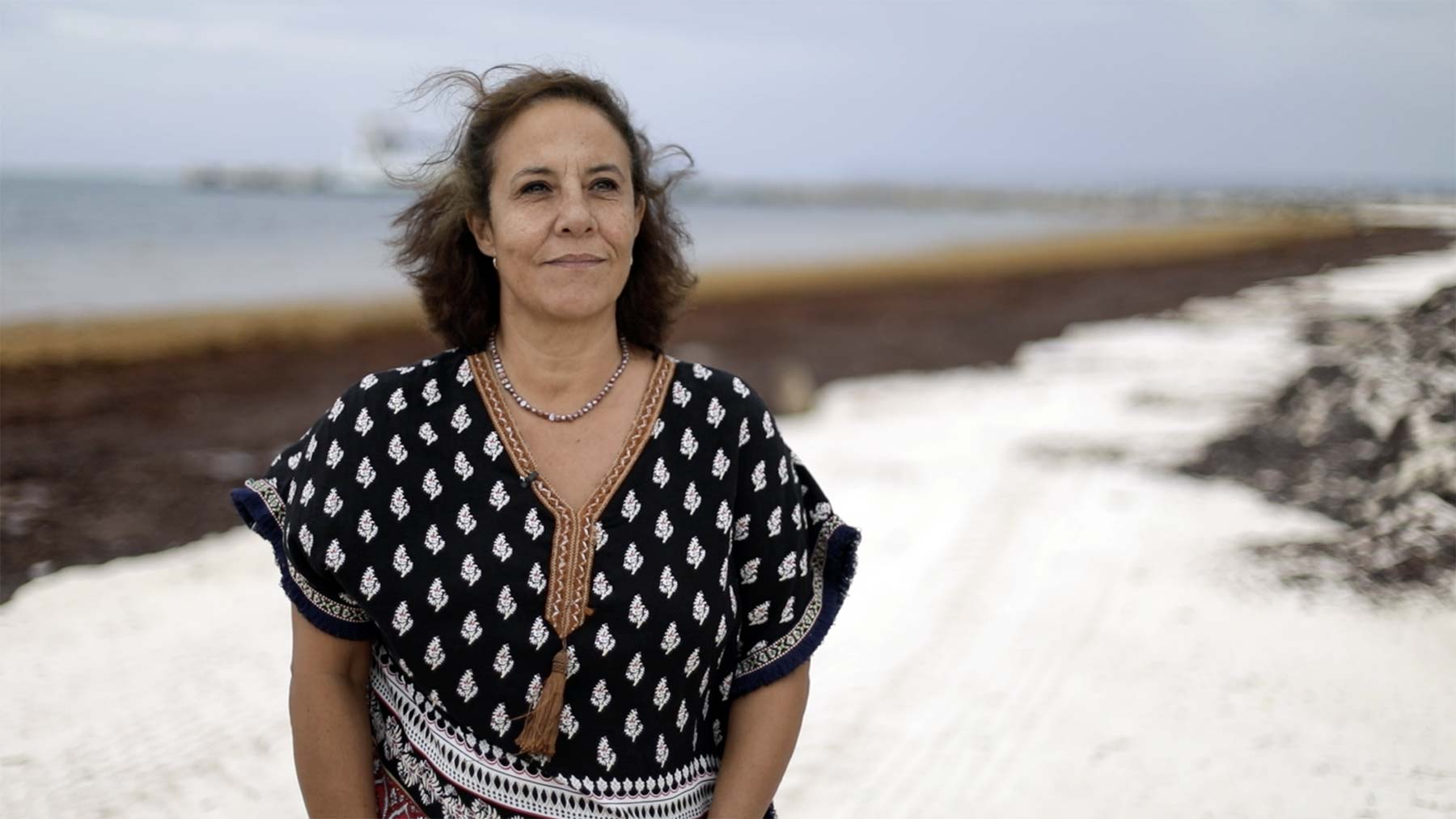
Rosa Rodríguez, a biologist from the National Autonomous University of Mexico (UNAM)

Arriving in Paradise
In 1989, Rosa Rodríguez arrived in an unspoiled paradise. She had traveled from Mexico City, drawn by the impact of Hurricane Gilbert on coral reefs, which was the subject of her undergraduate thesis. What she found was, in her words, a dreamscape: "The reef… was still beautiful. The water was transparent. You had the mangroves, the jungle, the cenotes, the beaches. You could spend a Sunday at the beach and not see a single person. It was marvelous."
Standing by the turquoise waters of the Mexican Caribbean, with a brown carpet of Sargasso marring the white sand behind her, the UNAM researcher reflects on the urgency of the problem that first piqued her scientific curiosity. 2014 this brown macro algae began arriving en masse along the Quintana Roo coastline. "From the start, I knew this was going to be a problem," she recalls, emphasizing the need for immediate action.
Her investigations revealed that the phenomenon had occurred in the western Caribbean since 2011. Armed with this information, she drafted a bulletin for social media and news outlets. The document quickly elevated her status, making her a key participant in meetings with hoteliers, government officials, fishermen, and protected area managers. "In the land of the blind, the one-eyed man is king," she laughs, reflecting on how she was regarded as an "expert" even as she was still formulating her questions about the issue.
Those meetings culminated in the Puerto Morelos Protocol, a document aimed at devising strategies to mitigate the Sargasso influx. But then came 2016, a year that interrupted the trend of massive arrivals, leading to a wave of optimism. Many assumed the previous experience had been a one-off anomaly.

Photo: Octavio Aburto
The Worst Year
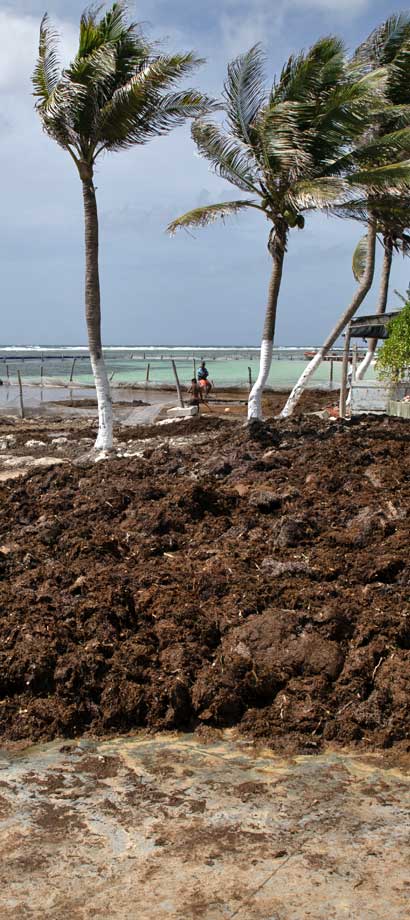
The illusion was shattered in 2018, a year that marked a turning point for Sargasso in the Mexican Caribbean. "It reached monumental proportions," Rosa recalls. According to the Sargasso Information Hub, in some areas, the volumes of macro algae reached up to two cubic meters per linear meter of beach. The crisis was so severe that the state government issued its first emergency declaration.
For the tourism industry, accustomed to operating in a pristine environment, the recurring invasions since that dark year have been devastating, heralding a new era for its business model. Each season—traditionally from April to September but marked by significant irregularities—white beaches are covered with smelly, dark, insect-ridden mounds that deter tourists from venturing into the sea.
Cleaning up the disaster comes at an astronomical cost and has become a fixed item in annual hotel budgets. According to a study by Rosa Rodríguez and her colleagues, cleaning one kilometer of the beach of Sargasso can cost up to one million dollars annually. This includes machinery, maintenance, and workers' salaries. "Removing one cubic meter of Sargasso costs $27, and some beaches receive up to 40,000 cubic meters per kilometer annually," explains the researcher.
But this expense is justified. According to Quintana Roo's Tourism Secretariat, the state welcomed over 21 million tourists in 2023, generating $20.58 billion in revenue. These national and international visitors seem undeterred by the Sargasso, as there are always other activities to enjoy in the region, such as visiting archaeological sites, theme parks, or spending the day poolside. "Many hotels offer activities like happy hour, Zumba classes, or volleyball games with attractive animators. So people spend more time in the pools, and the Sargasso doesn't bother them as much," says Rodríguez.
Environmental Toll
However, the same cannot be said for the environment. The arrival of Sargasso has profoundly altered coastal dynamics, exposing significant damage, according to Rodríguez. The act of removing algae with heavy machinery alone causes severe beach erosion. Additionally, the decomposition of Sargasso releases toxic compounds that harm corals and other benthic organisms. Rosa and her colleagues have also documented its impact on ecosystems like seagrass beds, which are essential for biodiversity and coastal protection. In areas where Sargasso accumulates, the water's lack of light and oxygen suffocates plants, destroying vital habitats for fish, turtles, and other species. This confirms the paradox described by Roberto Rojo, founder of the citizen science project Cenotes Urbanos: "Sargasso in the open sea is a high-value ecosystem, but on the coast, it's death.".
Green Gold?
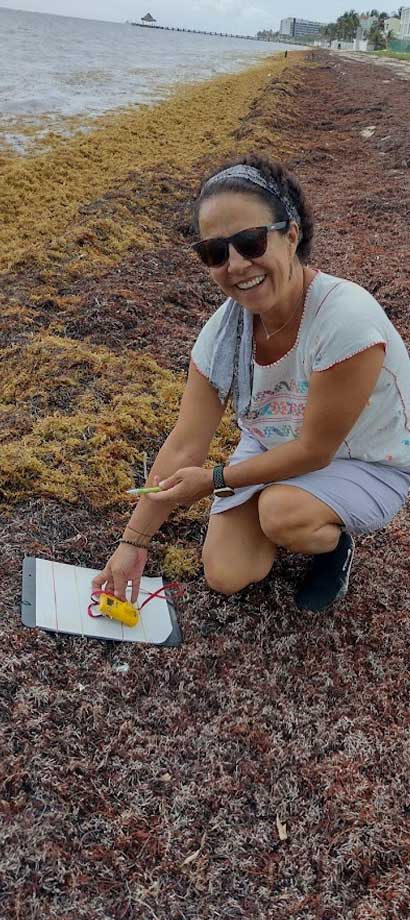
Despite the magnitude of the problem, Rosa and other scientists agree that it is possible to adapt and turn Sargasso into an opportunity. Just as Carlos Gosselin's pastries aimed to harness Sargasso's potential nutritional benefits (Rosa asserts that it contains nutrients and all essential amino acids, something no terrestrial plant can achieve), others have highlighted its potential as raw material for bricks, fertilizers, and biofuels. Furthermore, it contains bioactive compounds with antiviral and antibacterial properties, which could have pharmaceutical applications. These potential uses offer a glimmer of hope for Sargasso's future.
But…
The massive mats of macro algae also act as marine brooms, sweeping up everything in their path and depositing it on Caribbean shores as if to tell humanity: "Here's all your garbage," says Rodríguez.
Among the contaminants dragged along is arsenic, a highly toxic element for human health. This metalloid can originate from various sources, including volcanic eruptions, agricultural chemicals, and mining, and it can even reach the sea via the atmosphere. Depending on its oceanic route, the toxic cocktail is further compounded by cadmium, lead, chromium, and manganese. These metals, microplastics, pesticides, and hydrocarbons in Sargasso threaten human health and ecosystems.
Rosa does not hide her frustration when reflecting on the years of battling to protect the environment. It's pretty depressing to see what's happening—not just the Sargasso, but also the deterioration of reefs and beaches, which started decades ago." To this, Roberto Rojo issues a call to action: "We have to wake up. We have to act now because we're losing paradise. It's slipping through our fingers like sand."
For Rosa Rodríguez, sargassum, which marked a turning point in her career—elevating her to a globally recognized expert and granting her access to high-level discussions in Mexico—is "the cherry on top" of the Mexican Caribbean's environmental decline. The understanding of reef impacts that first brought her to the region in her youth has now become a grim reality. Massive algae tides only add to the devastation already inflicted on coral ecosystems and beaches. "It's heartbreaking to see how decades of work in environmental education, regulation, and conservation seem insufficient against the magnitude of the problems, leaving a region that was once a natural paradise on the brink of collapse."



 MEXICO
MEXICO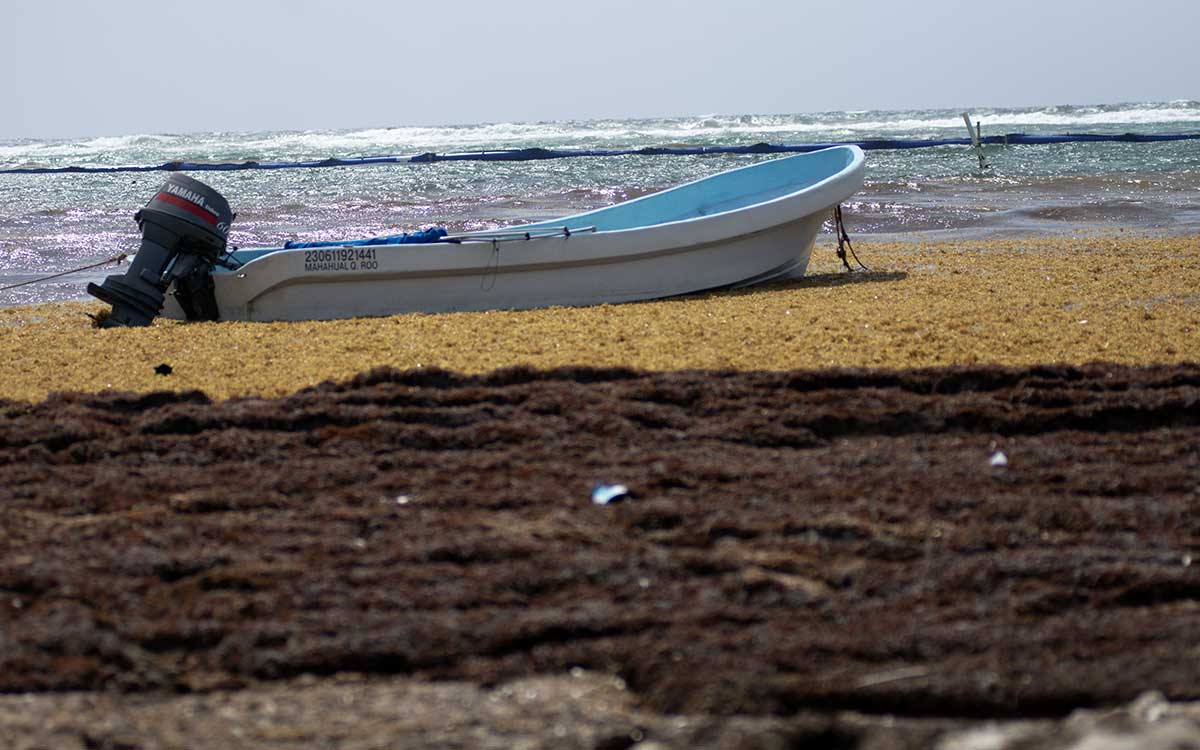
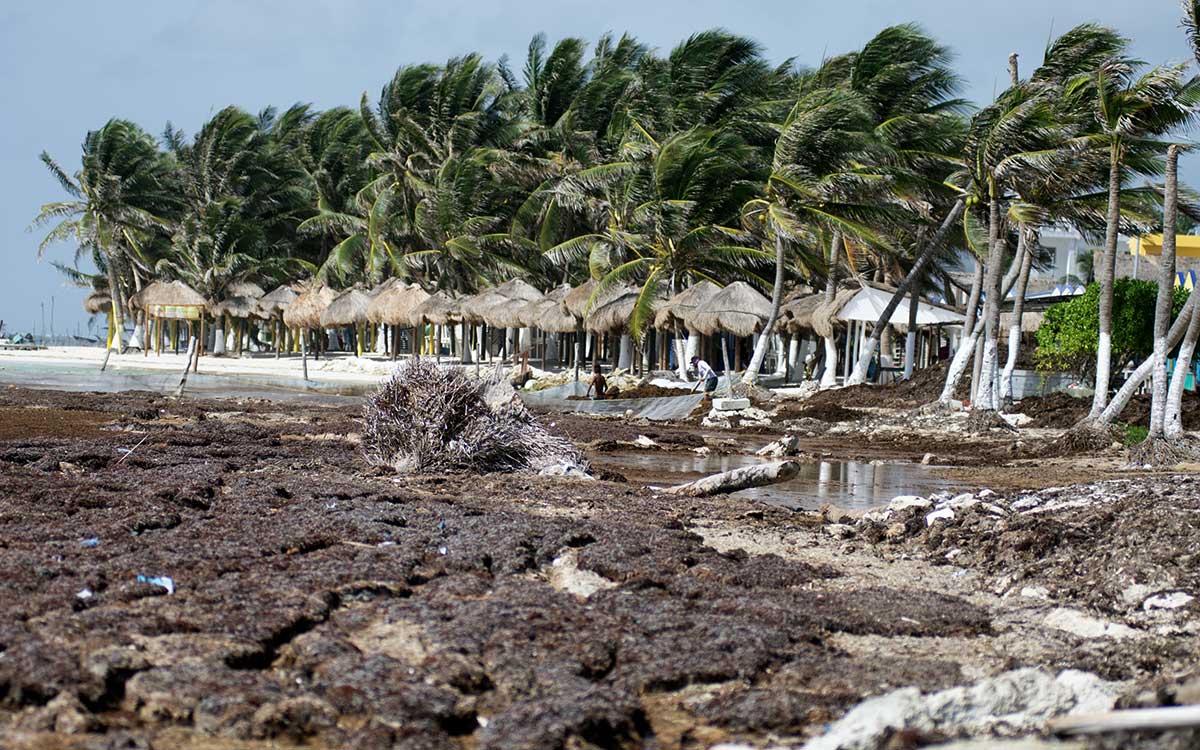
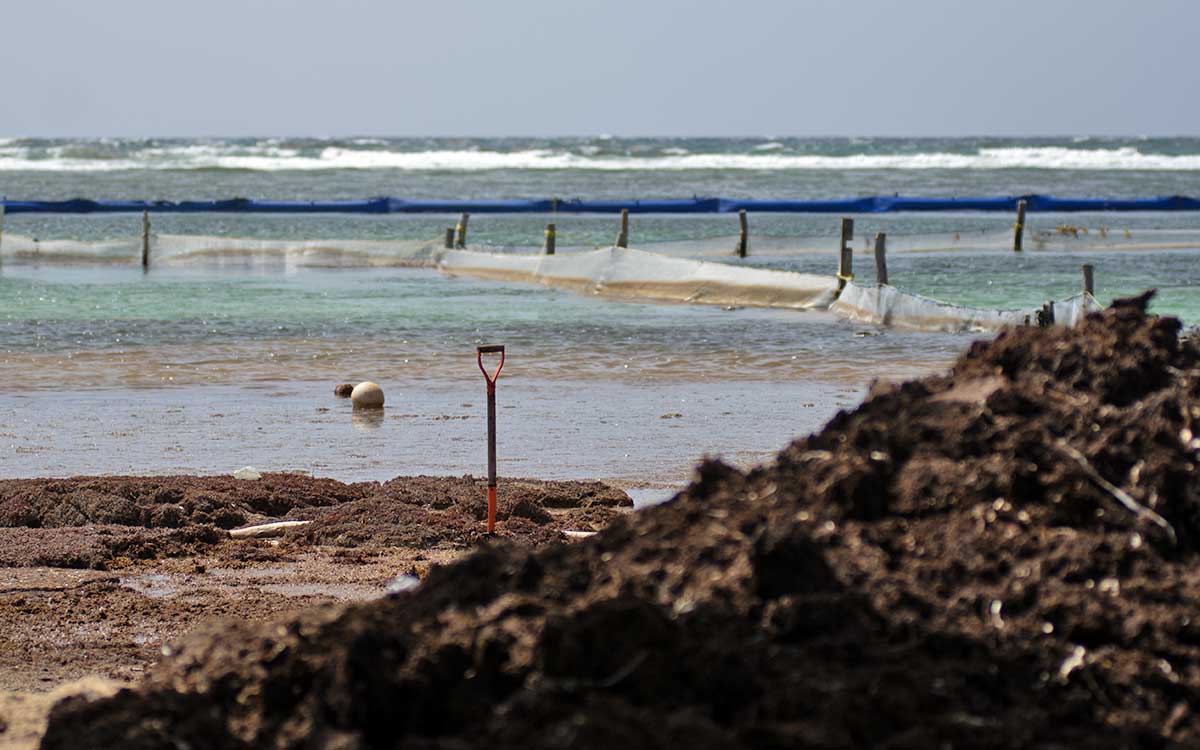
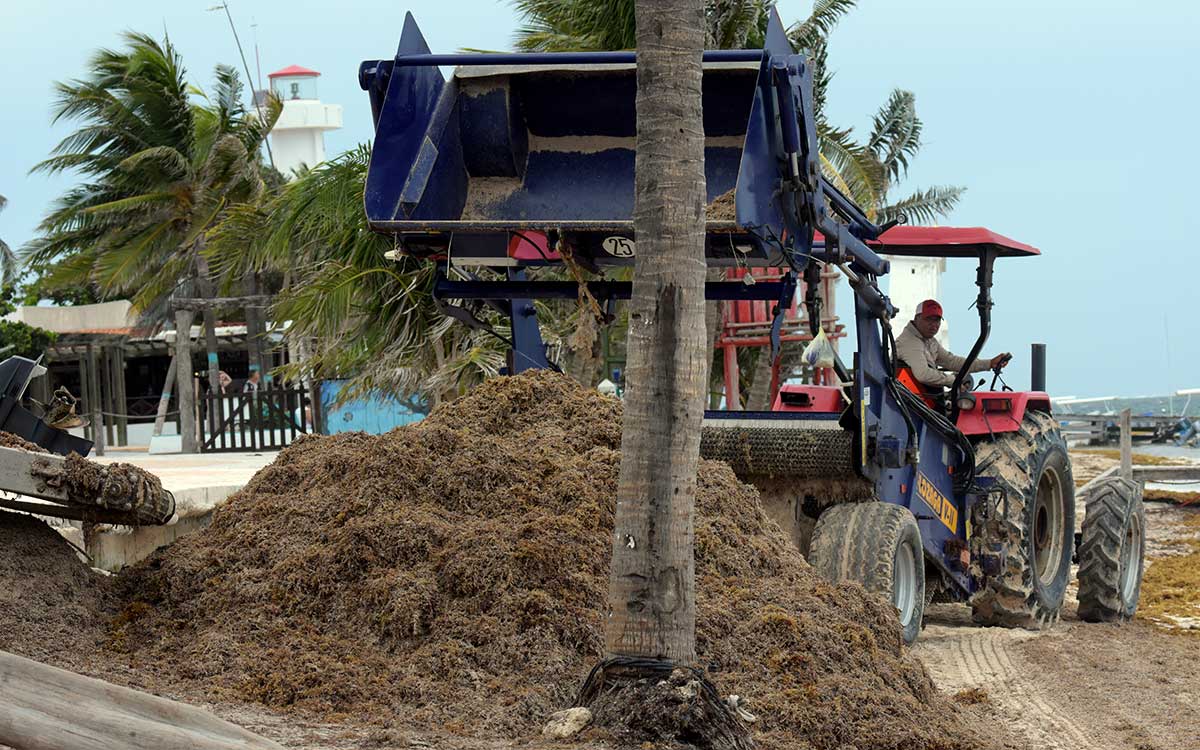
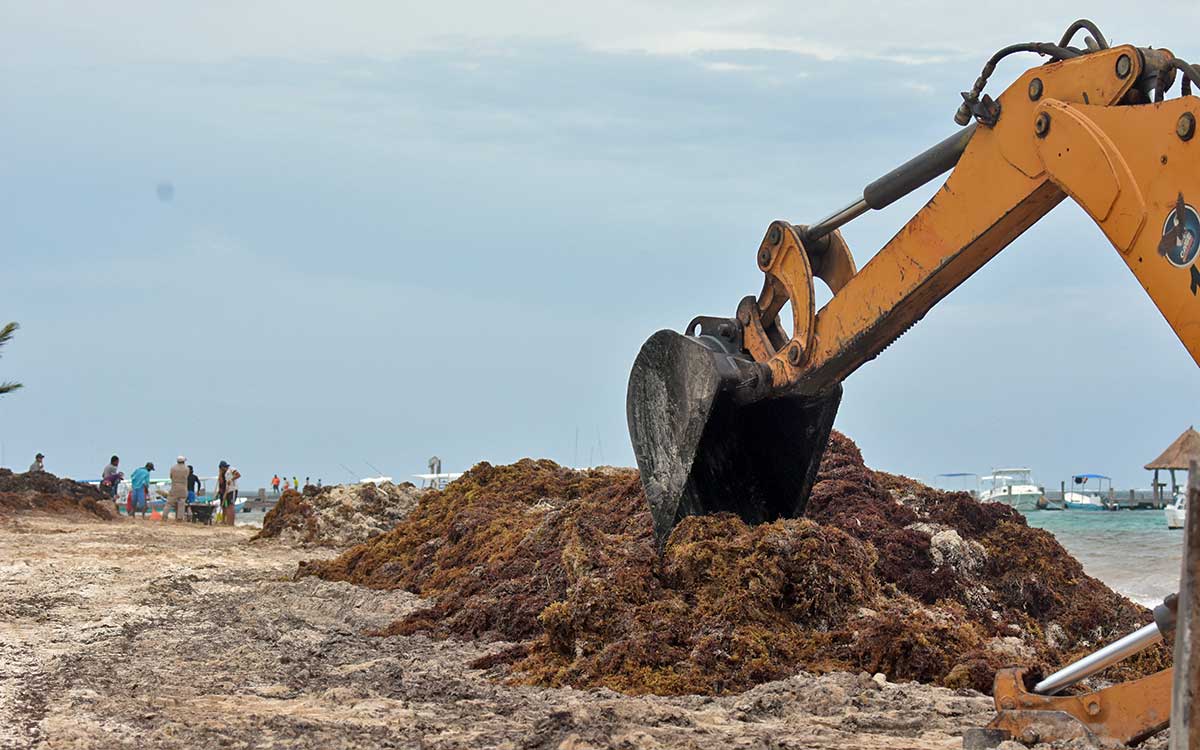

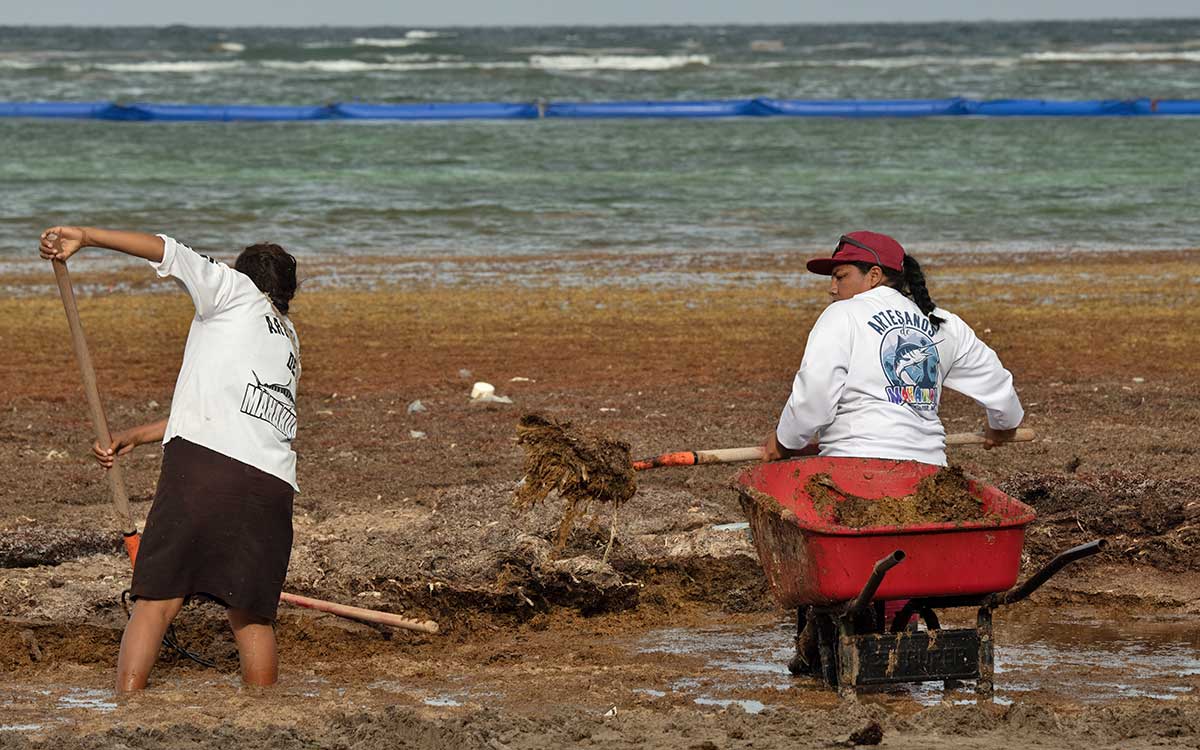
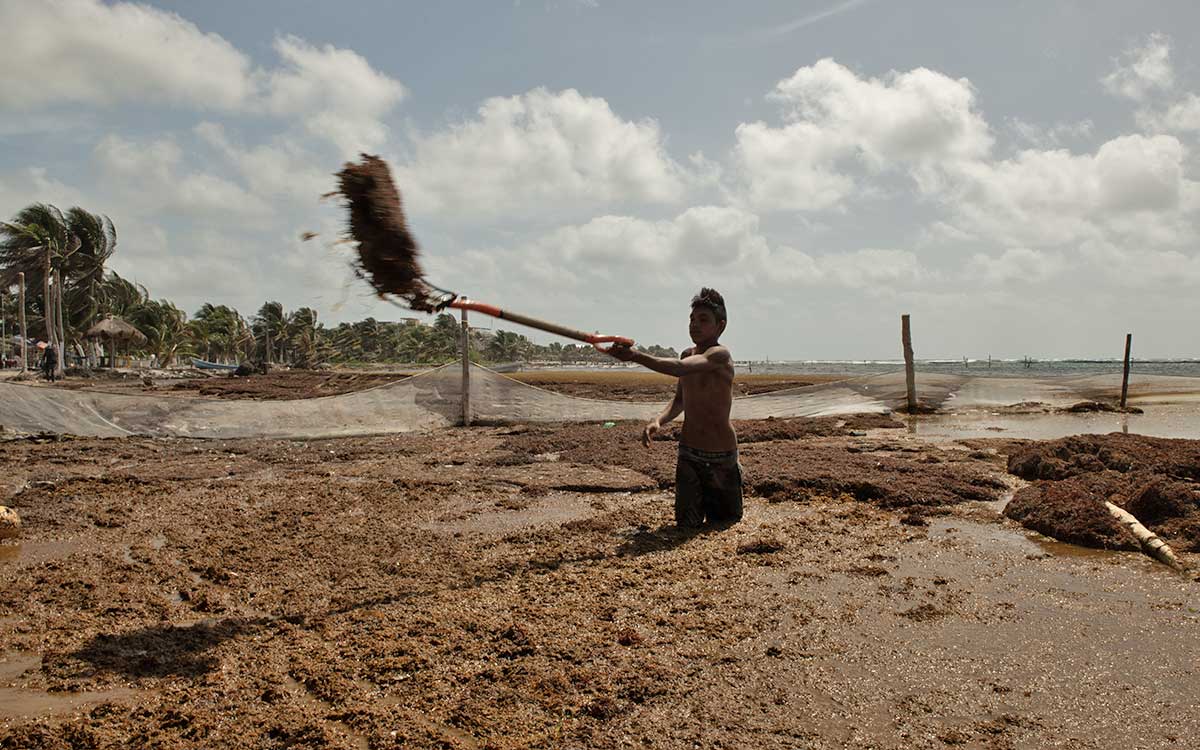
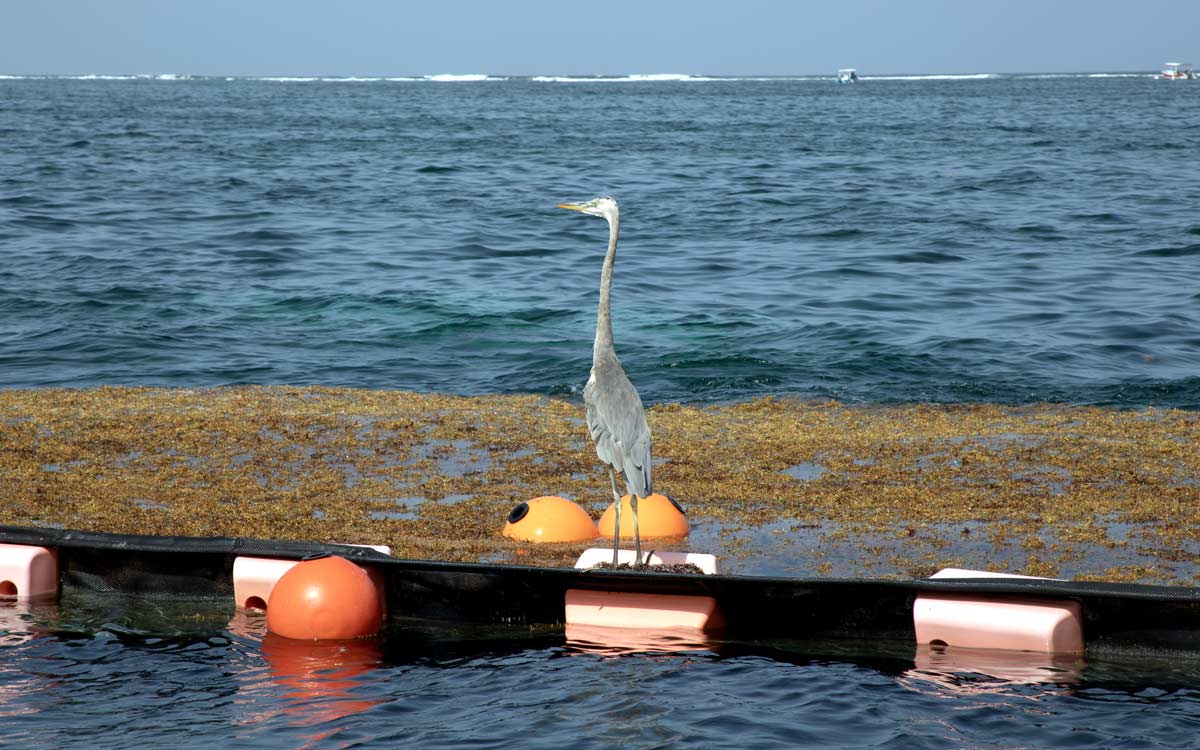

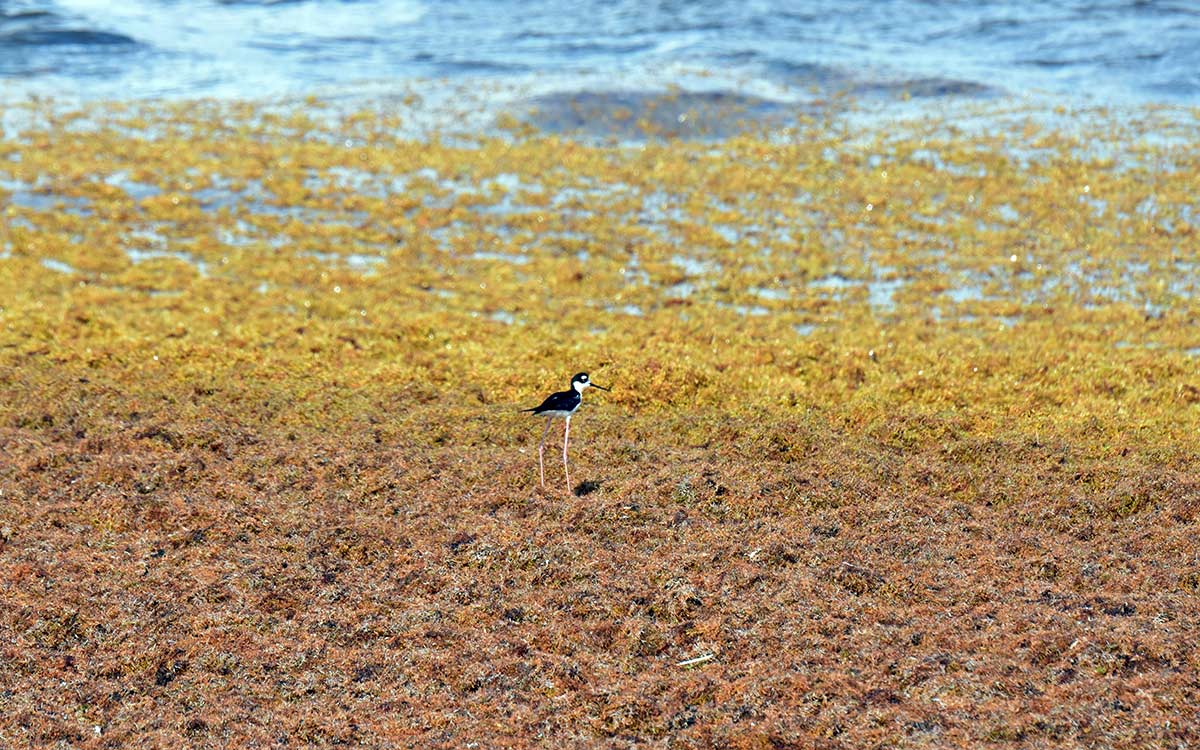
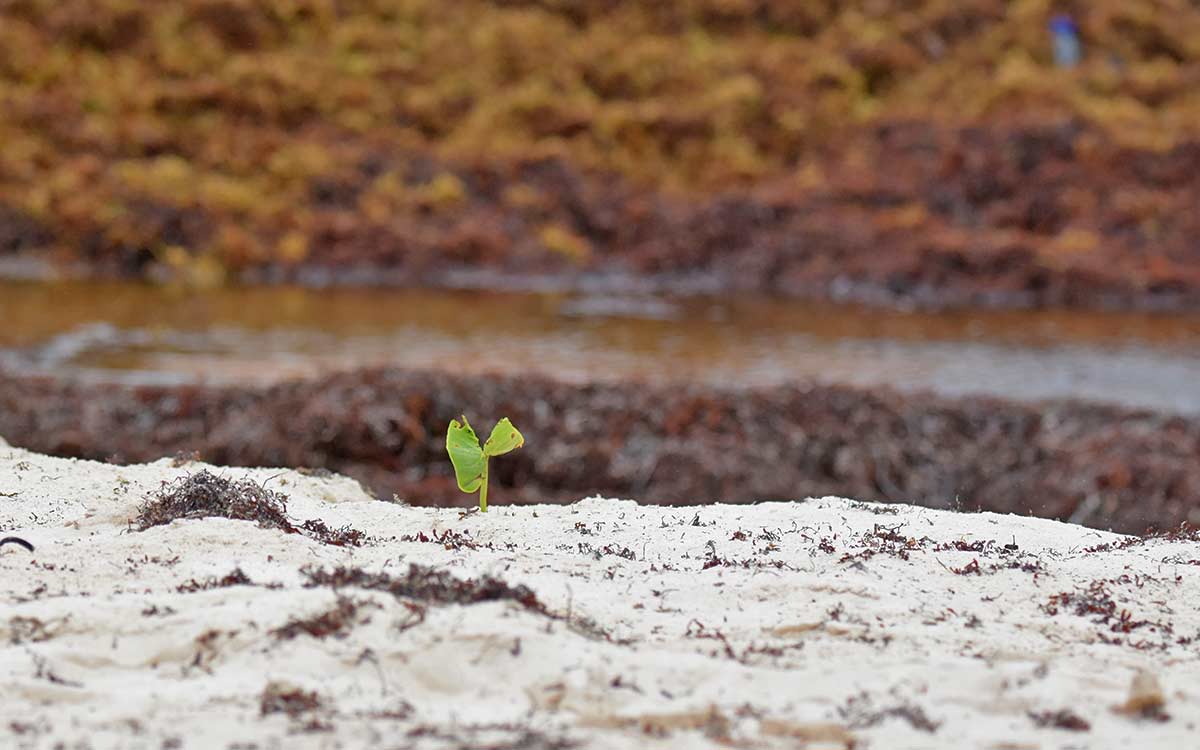
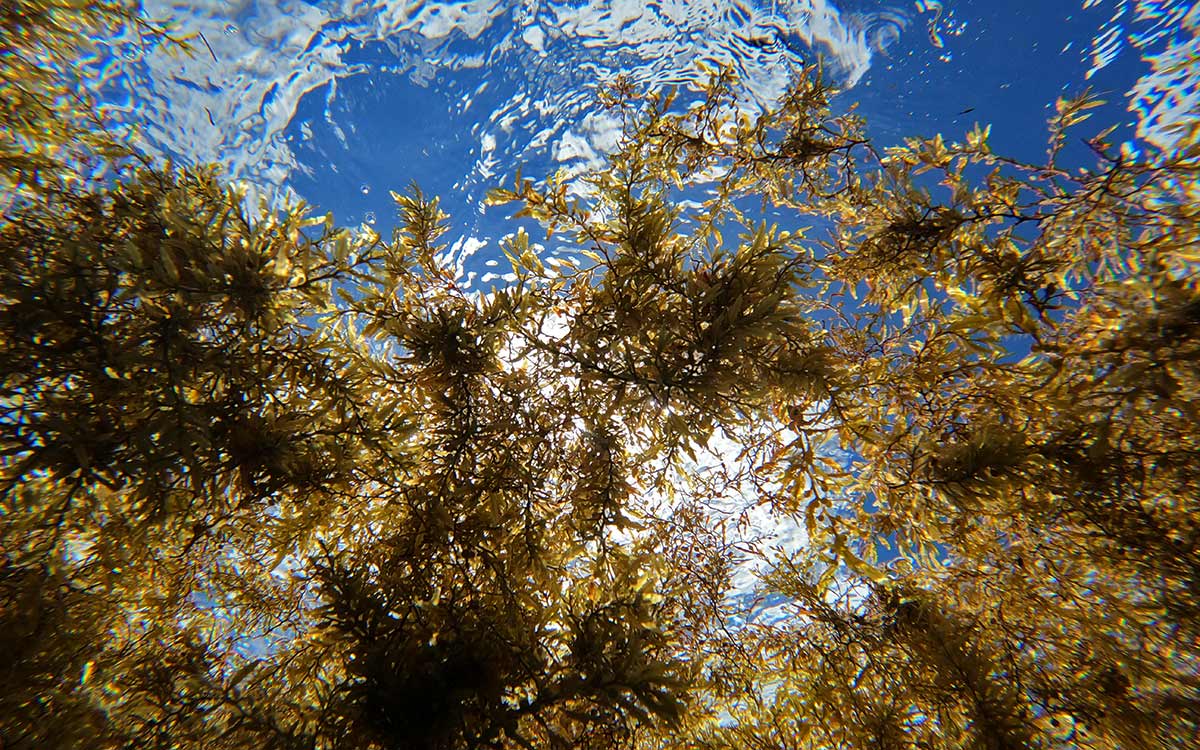

 Brazil
Brazil  Trinidad and Tobago
Trinidad and Tobago